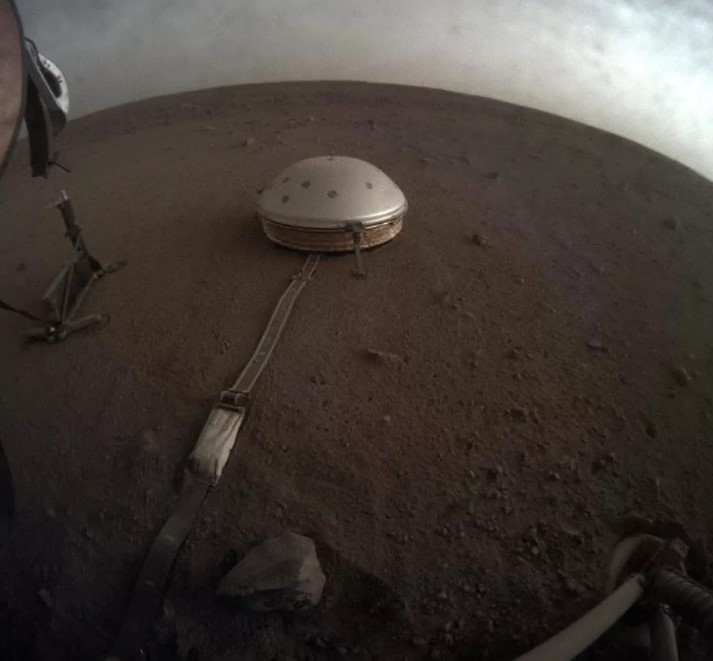
Watching the Martian clouds roll by is apparently a good way to pass time if you’re a NASA robot hanging out on the surface of the red planet just listening for Marsquakes and hammering away at buried rocks.
The Mars Insight lander sent back the above photo from its perch in the flatlands of Elysium Planitia showing some drifting clouds at sunset on April 25.
We think of Mars as being largely cold, dead and dry, but we were all taught that clouds are made of water vapor: water vapor that eventually falls to the surface as rain or snow. And yet, there’s neither on Mars, so what gives here?
“There is actually more water vapor in the Martian atmosphere than in the upper layers of Earth’s atmosphere,” NASA’s Armin Kleinboehl explained back in 2013.
The clouds on Mars are probably made up of water ice, like the thin ice fog and haze that can form on very cold days without ever precipitating. While the red planet’s thin atmosphere and bitter cold temperatures keep these frozen clouds from ever falling in the form of rain and snow we see here on Earth, there is actually a type of precipitation on Mars.
“This precipitation most likely takes the form of frost,” NASA explains. “The ground is likely to be colder than the air (especially on cold clear nights), and so air hitting the ground cools and the water freezes to the ground as frost. Viking II (a Mars lander in the 1970’s) saw frost on the ground some mornings.”
Cloudy nights and frosty mornings on Mars; all the more reason to get a new base built on the red planet in order to get a Starbucks up and running. Such conditions demand a warm latte!
Expect a major asteroid strike in your lifetime, NASA head says: Visions of space rocks slamming into Earth aren’t just for dinosaurs and Hollywood movies.
Tiny T. rex is terrible tyrant’s pet-size prehistoric predecessor: A newly discovered ancestor of Tyrannosaurus rex wasn’t nearly as imposing as the king of deadly dinosaurs.























